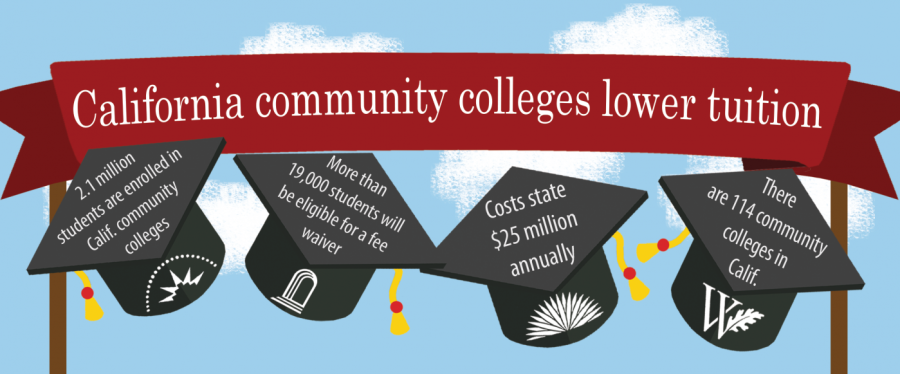December 7, 2017
Thousands of students across California rejoiced as Governor Jerry Brown passed a bill granting one year of free community college courses to all students. Announced on Oct. 14, this new measure aims to lower post-graduation student loans, as well as encourage more graduating high school students to attend community colleges. The bill also decreases overall tuition costs from approximately $3,300 to $2,200.
With more than 19,000 additional qualifying students, this bill gives a significantly greater number of students the opportunity to take advantage of the reduced tuition. Only 43 percent of freshmen qualifies for a previous bill, which waived the $5 per credit activation fee for each community college class. Governor Brown hopes to reach higher figures this year, since unlike the previous bill, this year’s bill applies to families of any income, allowing more students to benefit from the reduced tuition.
This bill, however, does not make the first year of college entirely free. Although students would be able to save close to $1,000 in tuition, they will still need to pay for other services the college provides, such as housing and healthcare.
“While [this bill] is a good start, and will benefit many California students, it does not take into account many of the ‘life cost’ issues that create barriers for our students,” said Ron Galatolo, chancellor of the San Mateo Community College District.
Additionally, many members of the state’s finance office argue that the bill would use too much of the state’s funds, as it requires about 30 to 40 million dollars of the state budget, and that its target audience is too broad. According to the state’s finance office, the bill is “inconsistent with the administration’s efforts to target financial aid to the state’s neediest students,” citing that students with a higher family income should not receive access to one year of free college tuition.
Professors, on the other hand, believe that the bill opens students, especially first generation students and those from lower income families, up to new paths they would not normally consider.
“Many students do their general education requirements and then transfer,” said Lynbrook alum Valerie Frankel, a professor at local community college Mission College. “Dropping the price will certainly encourage some to do this.”
California is not the first state to decide to decrease the price of a community college education. New York and Rhode Island adopted similar legislation earlier this year; however, these programs promise to pay for a student’s entire 2 to 4 years of tuition.
As California catches up to other states in community college costs, students can look forward to further reductions in tuition.
“I think that’s what this bill’s main objective is,” said College and Career Center adviser Barb Takahashi. “[It’s] a step towards free community college in general.”
As more states pass bills like these, anticipation of a free community college system could slowly but surely become reality.




























































